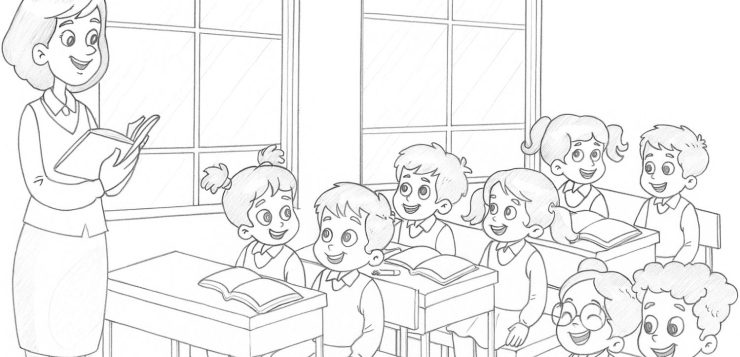School improvement fails when it ignores the human limits of the people asked to deliver it. Treating mental health and burnout as core strategy, not side projects, stabilizes classrooms, preserves instructional quality, and keeps experienced teachers where they matter most: with students. In 2025, leaders consistently cite staff wellbeing and retention among their top concerns, tying culture and workload to outcomes.
First, make the invisible visible. Measure staff workload, psychological safety, and burnout risk with frequent, short pulse surveys and use the data to prune low-value tasks. Simplify meetings, streamline paperwork, and protect planning time; these moves address what teachers identify as primary stressors and show that leadership is responsive. Publishing “stop-doing” lists and calendar guardrails builds trust quickly.
Second, hardwire support. Tiered adult supports mirror MTSS for students: universal practices (reasonable class sizes, clear discipline systems), targeted supports (peer coaching, co-planning), and intensive help (counseling access, flexible accommodations) for staff in crisis. Leaders who normalize boundary-setting and offer confidential mental health resources reduce attrition and stigma.
Third, redesign accountability as growth. Shift observations into coaching cycles with bite-sized goals and fast feedback so evaluation becomes developmental, not punitive. Use short, frequent walkthroughs to surface needs early and deliver just-in-time help, which reduces isolation and overload. Done well, these routines improve efficacy and climate simultaneously.
Fourth, strengthen belonging. Recognition rhythms, weekly wins, peer shout-outs, thank-you notes, build positive affect, while structured voice channels like Plus–Delta–Solution protocols convert complaints into solutions and agency. When educators feel heard and valued, retention improves independent of compensation changes.
Fifth, align policy and practice. Address class sizes, staffing gaps, and behavioral supports so teachers aren’t absorbing systemic failures as personal deficits. Clarify roles, reduce initiative sprawl, and sequence changes to match capacity; pacing is a wellbeing lever. Districts that invest in leadership quality, collaboration time, and meaningful PD see lower turnover and stronger outcomes.
Mental health and retention are not competing priorities with learning, they are prerequisites. By institutionalizing measurement, pruning workload, tiering supports, reframing accountability, elevating voice, and fixing structural stressors, schools create the conditions where effective teaching can endure. Stability is a strategy, and wellbeing is its engine.




